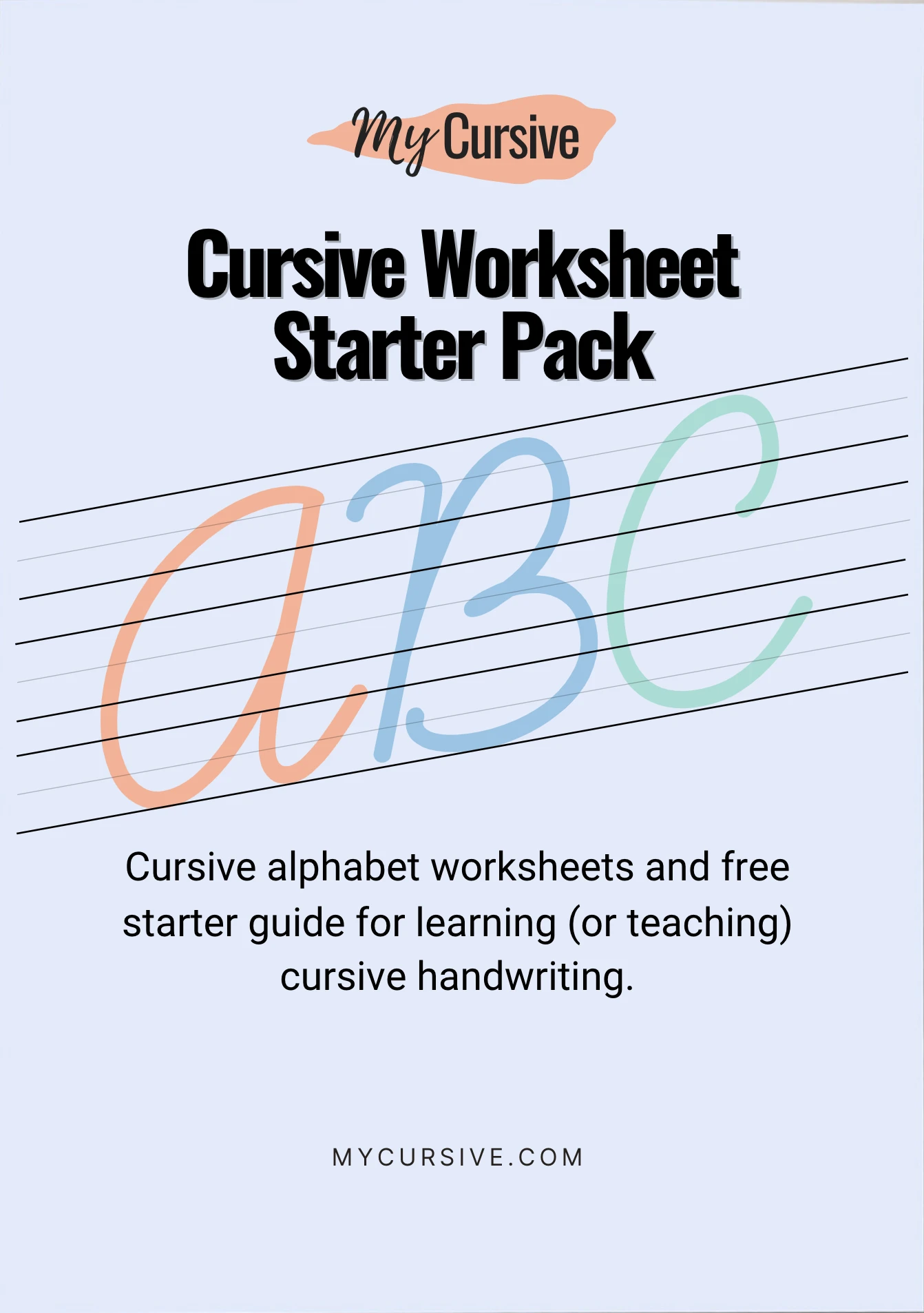
Writing gloves are a great way to improve your handwriting, keep ink and pencil lead off of your hands and they can even be quite comfortable.
The primary user are left-handed folks (like my husband) who write or draw often. Using a left handed writing glove is one of the only ways to ensure you won’t get smudges on your hand. Sure, it may go on the glove, but at least they’re washable (in many cases).
Lefties are really only one use case of using gloves to do your drawing or writing. Here are several others, plus you can see our top recommendations throughout.
This glove is going to help you on tablets and help you keep smudges off of your hand. This one is reversible, meaning you can use it on your right and left hand.
These gloves are great for typing and writing. The compression helps keep carpal tunnel and arthritis at bay while the glove keeps your tablet and hand clean.
While these gloves are made for MMA, they can work wonders to keep your hands a bit more steady. They allow for good dexterity and should allow most to type and write.
Of course, the term “writing glove” isn’t really used all that often. It’s kind of a new category, mostly used for artists. Nowadays, many people do their artwork on digital devices. And for that, there is a thing called a tablet drawing glove. While getting smudges on your hand isn’t a problem in you’re using an iPad or Tablet — your hands can get in the way.
Whether you’re writing notes on your smart device or drawing a masterpiece on a full-sized iPad Pro — multiple touch points on the screen will mess you up.
Let’s say, you’re using a stylus to draw with your bare hand. All of a sudden, the picture is way bigger (or smaller) than you want it. Ugh!
Resize and begin again, right?
Or maybe you’re writing notes on your tablet at a conference or a call at work. Next thing you know your palm touches the wrong spot on you’re at the home screen. Sigh.
Drawing or writing gloves, make this far less likely to happen.
Here’s how.
The glove is covering the parts of your hand that may touch the screen, taking away the ability to click, drag or resize. Now, you’ll have a clean screen to work with at all times.
Art is beautiful and to get there, it’s often messy. Pencil drawings require smudging for shadow, ink requires touching the page for hours at a time paint, well that can be really messy.
Art gloves are often one or two-finger glove (often on the pinky and ring fingers). This helps if you’re on a tablet (like we’ve already mentioned) or even if you’re sketching to keep smudges off of your hand. Most artists wouldn’t want a full glove on their dominant drawing hand, because it could wreck the process.
That said, covering the pinky finger or even the pinky and the ring fingers shouldn’t dampen the creative ability of most artists.
And again we come to the lefties. Perhaps the most noble use of writing gloves. Smudges are bad for the hands, but also can create hard to read writing (even if you’re handwriting isn’t that bad).
Like I said, my husband is left handed and often uses notebooks and journals to keep track of his work (most recently, he’s using a bullet journal). After a call with a client, his hands — smudged.
A writing glove for his left hand prevents the smudges, but make sure the glove fits well. You, or your left-handed loved one, will likely use it all day.
Some are prone to have a less-than-steady hand, making writing hard. This shaking or unsteady handwriting can be from a number of reasons, most of which I don’t know. However, a weighted glove could help steady things and keep you writing for a bit longer.
The heavier hand means that shaking could be lessened, depending on the severity of the unsteady hand.
Weighted gloves are also used to aid children when they’re learning handwriting. They can help steady hands and train them to write properly.
A writing glove that fits is the most important step.
The pinky and the ring finger are usually the only digits that need to be gloved. It’s the palm and side of your hand underneath your pinky that really needs to be covered. Only covering a small portion of the hand helps you keep your dexterity while drawing or writing.
If you’re using a weighted glove, there are some options for children, but very few for adults. That said, you can use training gloves. These are meant for physical training, but are often only 1-2 pounds and allow for full dexterity.

